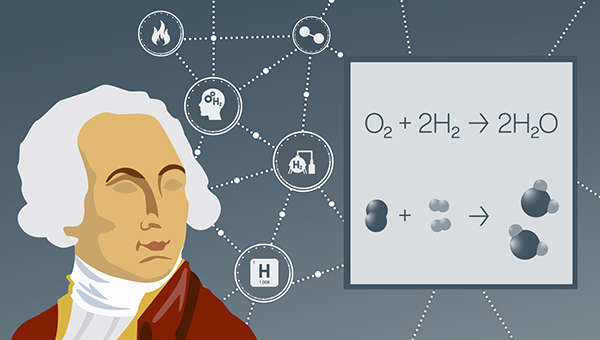If you want to curb climate change, you can’t get around hydrogen. The first element of the periodic table is a key factor in decarbonizing transport and industry—provided the gas is produced without CO2 emissions. The value chain from the wind turbine to hydrogen filling station is long and involves many technical challenges. To ensure the safety of automated processes, explosionproof components and sensors with a wide range of functions are required. Pepperl+Fuchs offers the hydrogen industry a comprehensive portfolio of devices and many years of experience in diverse areas.
In the 21st century, humanity is working toward a common goal: a significant reduction in CO2 emissions to halt global warming. Decarbonization will create numerous changes, especially in the way we generate, store, distribute and consume energy. “The energy transition has so far focused mainly on electricity generation. But now we also need to focus more on areas such as transportation, heating, cooling, and especially heavy industry,” says Wolfgang Weber, Global Industry Manager at Pepperl+Fuchs.
Hydrogen—A Universal Gas
Hydrogen is not only the lightest element, but also by far the most abundant element in the universe. It accounts for about 70 percent of the known mass and 93 percent of all atoms in the universe. In 1783, French chemist Antoine Laurent de Lavoisier discovered that water is formed when hydrogen is burned and named the element “hydrogène,” which means “water former”. Its initial letter “H” later became the symbol for the element in the periodic table of chemistry. When no other substances are present, two hydrogen atoms form an H2 molecule. This is the form in which hydrogen is used in industry.
On Earth, however, most hydrogen is bound up in water (H2O) because it is a highly reactive gas and combines particularly easy with oxygen (O). When the two elements come together chemically, energy is released. If you want to separate them, you likewise have to use energy.
“This explains why hydrogen is the key to carbon-neutral energy,” says Wolfgang Weber. “We can store green energy by using it to split the H2O molecule. The hydrogen can be temporarily stored in tanks and transported through pipelines. When the energy is released again during combustion, only water vapor is produced as exhaust gas. In a fuel cell, the oxidation reaction can even be used directly to generate electricity. Other climate-friendly uses of hydrogen include its use as an alternative to coal to reduce the molten metal needed to produce “green” steel. The universal element can be used everywhere.”















